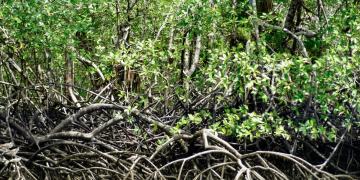Alignment of activities with the existing national and subnational framework for adaptation to climate change
Prioritizing EbA measures by combining empirical data with participatory planning
Forming and strengthening alliances for communication, capacity development and implementation, including financing
